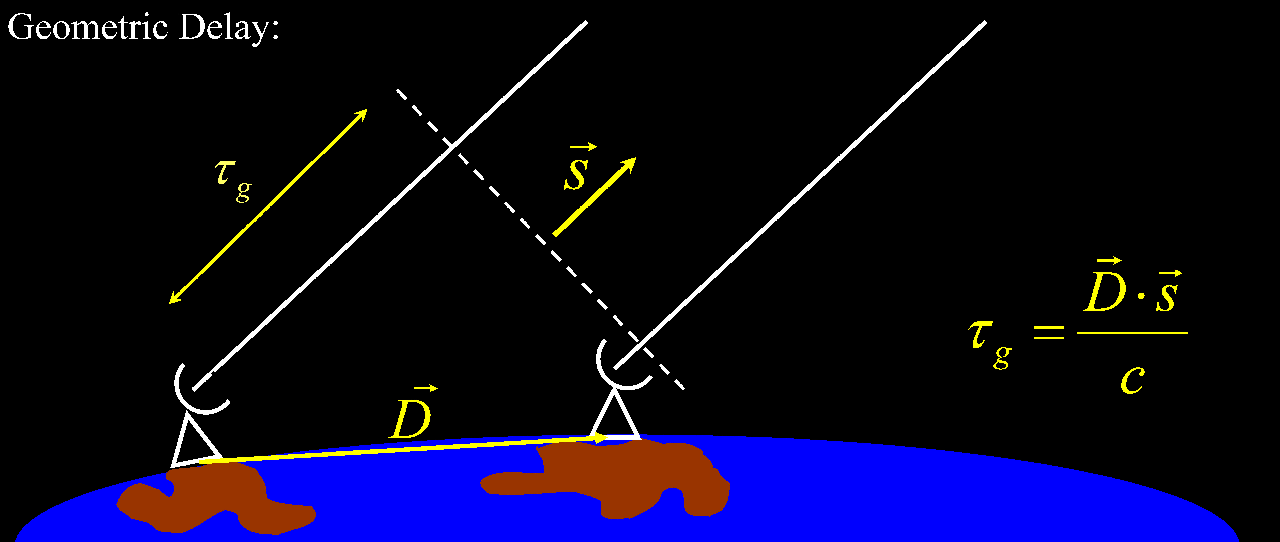VLBI Astrometry
Astrometry is a branch of astronomy that deals with the positions of stars and other celestial bodies, their distances and movements.
Very Long Baseline Interferometry (VLBI) is a type of astronomical interferometry used in radio astronomy, in which the data received at each antenna in the array is paired with timing information, usually from a local atomic clock, and then stored for later analysis on hard disks. At that later time, the data are correlated with data from other antennas similarly recorded. The difference in arrival time at the different telescopes (geometric delay) is then used to measure the position of the source on the sky. The resolution achievable using interferometry is proportional to the distance between the antennas furthest apart in the array.

VLBI Astrometry can achieve accuracies of ~ 10 microarcseconds, a factor of 200 better than the Hipparcos astrometry sattelite. This makes it possible to measure very accurate annual parallaxes and proper motions of Galactic radio sources and proper motions of extragalactic radio sources. Possible target sources are pulsars, stars with radio continuum emission, and astrophysical masers.
VLBI Arrays:
European VLBI Network (EVN)
Very Long Baseline Array (VLBA)
VLBI Exploration of Radio Astrometry
(VERA)
>>>PhD and Master projects on Galactic structure and supernova research available!<<<

This page is currently under construction and not yet complete.
For comments and suggestions contact Andreas Brunthaler.
Last modified: 24-February-2010